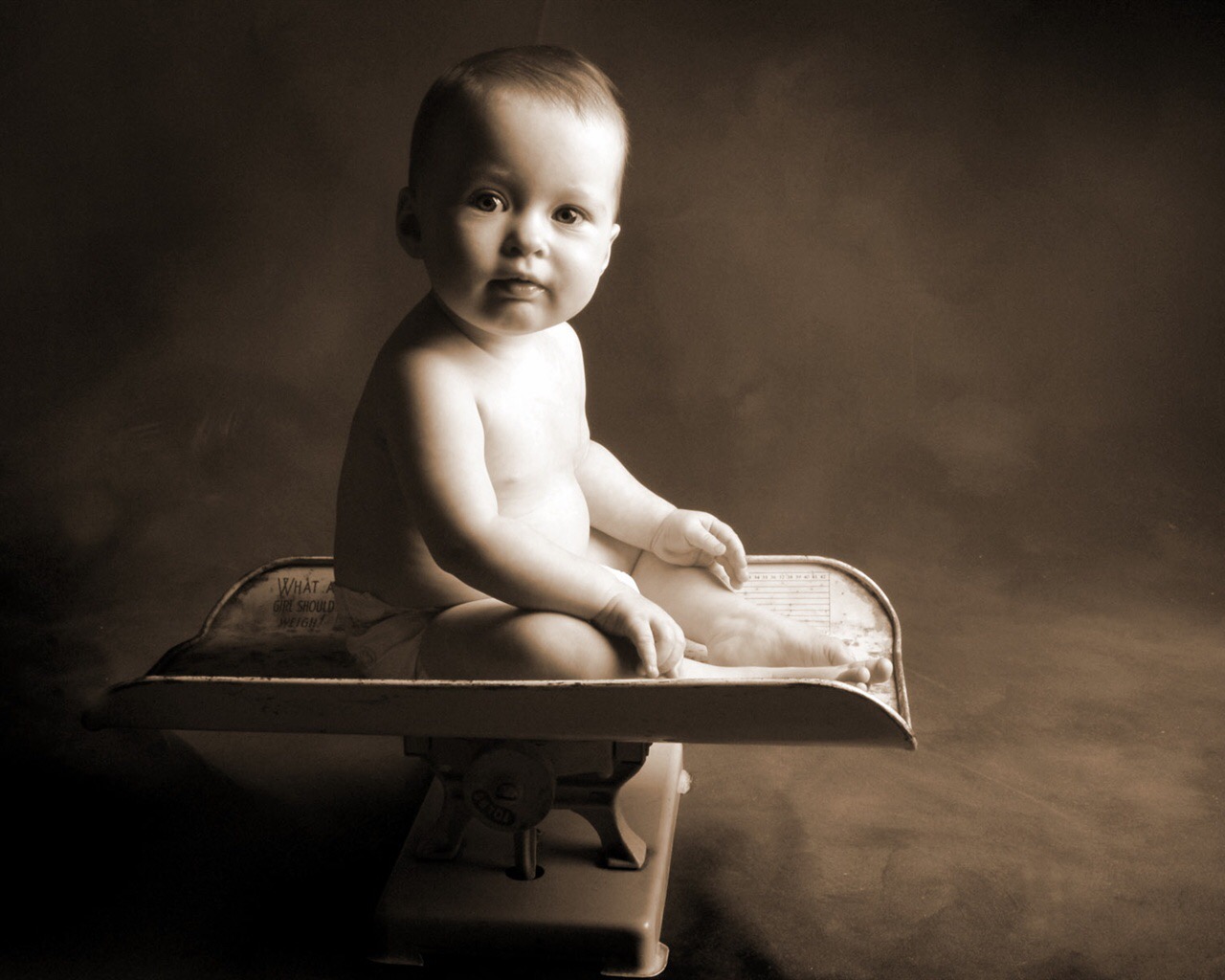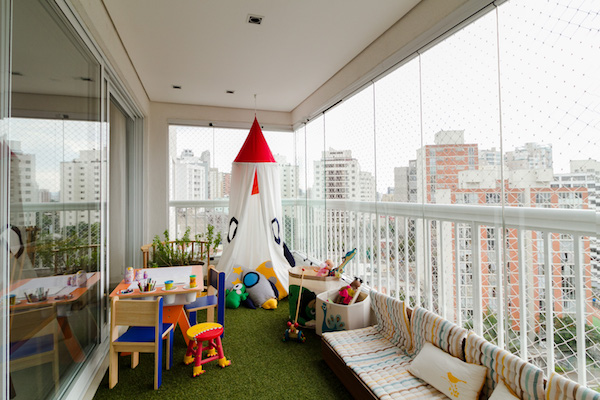In many occasions, in the store, they ask us when the baby can sit down. Our answer is always the same:
"When you can do it yourself. You don't have to teach them, you don't have to force them. They alone, leaving them freedom of movement on their play mat or floor, will be able to do it ”
When do babies learn to sit alone?
Babies who have freedom of movement, who spend a lot of time on the floor or do not put them in positions they do not know, do by themselves, learn to sit up while they start to crawl. They usually start from the upside down or lateral position. Never from abdominal strength. This is what usually creates confusion.
Just because a baby is pushing up on the belly doesn't mean they want to sit up, it means they are putting another of their muscles into gear, testing and playing with it. For a baby to get to sit it has to go through:
- Flip facing up to facing down.
- Creep
- Stand sideways
- Be on your stomach and lift your head with your arms.
Once you have tried all of these movements and perfected, you can begin to sit down. This usually occurs between 7 and 9 months. It is important that the baby has the opportunity to get to know his body and rehearse with it.
What happens then with the hammocks or special seats for babies?
If you look at a hammock You will see that, normally, they have different positions. We can use it from a very inclined point to more stretched. The recommendation in the case of the newborn is not to stop using it, it is to use it in the most recumbent point. As the baby grows and sits by himself we will use the straightest.
In the case of special seats they should not be used before the age that the manufacturer recommends. But since not all children have the same development, we must adapt these recommendations to our particular baby. Never force (some are able to sit at 5 months and others at 8 months).
Why is this recommendation important?
'Holding' the baby before he feels by himself is negative because If your body has not yet made that move, it is because it is not ready.. So it is possible that we are forcing hip, pelvis, back, legs, etc.
- Baby's back: The weight on their back is greater than they can bear. Your head right now means (approximately) the 30% of your body weight. Something like being told that your head weighs 10 kilos. How would you like to hold 10 kilos of head while sitting and with a developing spine? Difficult isn't it?
- Respiratory difficulties: If you sit a baby before it can hold its head, its back will be arched, sinking the chest and leaving very little space to breathe.
- Lack of freedom: It is important that we alternate moments in the hammock and moments of
 exercise. In the USA, a few years ago, a campaign called 'Tummy time' was created. As a result, parents were unable to keep the baby lying all day looking up. They were told that they had to agree to a schedule in which the baby changed positions in order to play and interact with the world. The same thing happens with this type of seating. They are a good ally, they help us at times like: preparing food, showering, etc. But they should not be the place where the baby spends all his hours, he needs to move, experience his autonomy, explore his environment and learn more movements with his body.
exercise. In the USA, a few years ago, a campaign called 'Tummy time' was created. As a result, parents were unable to keep the baby lying all day looking up. They were told that they had to agree to a schedule in which the baby changed positions in order to play and interact with the world. The same thing happens with this type of seating. They are a good ally, they help us at times like: preparing food, showering, etc. But they should not be the place where the baby spends all his hours, he needs to move, experience his autonomy, explore his environment and learn more movements with his body. - They cannot change their posture: Babies continuously change their posture and if we sit them down without them having reached that position by themselves, they will not know how to go to a more comfortable one. The child uses the 'sitting' posture as high on his way (if he is crawling, crawling, crawling) to explore an object or something that catches his attention. The moment they have already discovered what it is, they continue.
- The legs: they take a very different passive role than a child who is face down on the ground turning, sucking his feet, holding them, crawling or crawling.
- Crawl: When babies begin to develop, they need to move. In the case of children who spend many hours sitting, they may not crawl as they usually do, but may move by dragging their asses, with one leg forward and one leg back
The most important thing in these stages is to respect the development of the baby and allow him spaces of movement. Never force.
If at any time you think that your child does not respond to the development approaches that we have discussed, you should discuss it with your pediatrician.





